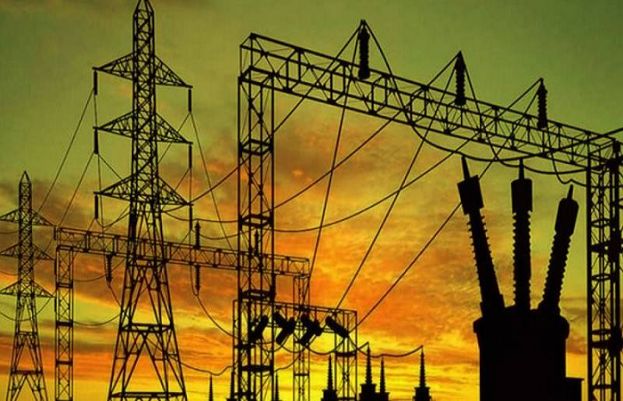Dealing a significant setback to K-Electric’s financial position, the National Electric Power Regulatory Authority (Nepra) has reduced the utility’s multi-year base tariff from Rs39.97 per unit to Rs32 per unit after evaluating the government’s review petition on its earlier decision. Despite the tariff cut, Nepra upheld its previous stance on crucial matters, dismissing the Power Division’s request to revoke K-Electric’s Rs50 billion write-off claims. The regulator reiterated that the write-offs had already been approved in an earlier order, leaving no grounds for reversal. “The Petitioners have failed to convince the Authority for the desired modifications or review; hence, the review motions stand dismissed,” Nepra stated in its verdict. This downward revision comes as a sharp turnaround from Nepra’s determination on May 27, 2025, which had approved an 18.18% hike — raising KE’s average base tariff by Rs6.15 per unit to Rs39.97 per unit for FY2023-24. That decision was formally notified on July 18, 2025, setting the multi-year tariff framework for KE’s generation, transmission, and distribution operations through FY2030. The Power Division, however, later challenged the determination and filed a review petition, leading to closed-door hearings at Nepra. Despite the recent adjustments, K-Electric’s financial outlook remains strained. According to the regulator, KE’s bill recovery rate dropped to 91.5% in FY2023-24 and could decline further to 90.5% next year — potentially causing revenue shortfalls of nearly Rs97 billion over the two years. Nepra has also cautioned that the company’s allowed Rs21.6 billion return on distribution operations may be wiped out unless the government extends financial support or revises tariffs. In the latest order, the regulator introduced new performance benchmarks for the seven-year control period, setting transmission loss targets at 0.75% per annum — down from 0.86% in FY2023-24 — with an upper cap of 1%. Future tariff adjustments will be tied to annual performance, offering incentives for improved efficiency. For distribution, Nepra approved a total loss target of 9% comprising 8% technical losses and 1% allowance for law and order issues, based on the PITCO Fitchner study. This is expected to decline gradually to 8.03% by FY2029-30, with technical losses shrinking to 7.03%. The existing 75:25 sharing mechanism for over-performance will remain in place meaning 75% of any efficiency gains will benefit consumers, while KE will retain 25% as an incentive. Nepra also reaffirmed its decision to use Pakistan’s National Consumer Price Index (N-CPI) for fuel cost indexation instead of the US CPI, aligning tariff adjustments with domestic inflation trends to improve transparency and consistency.
Nepra cuts KE’s base tariff by Rs7.97 per unit

